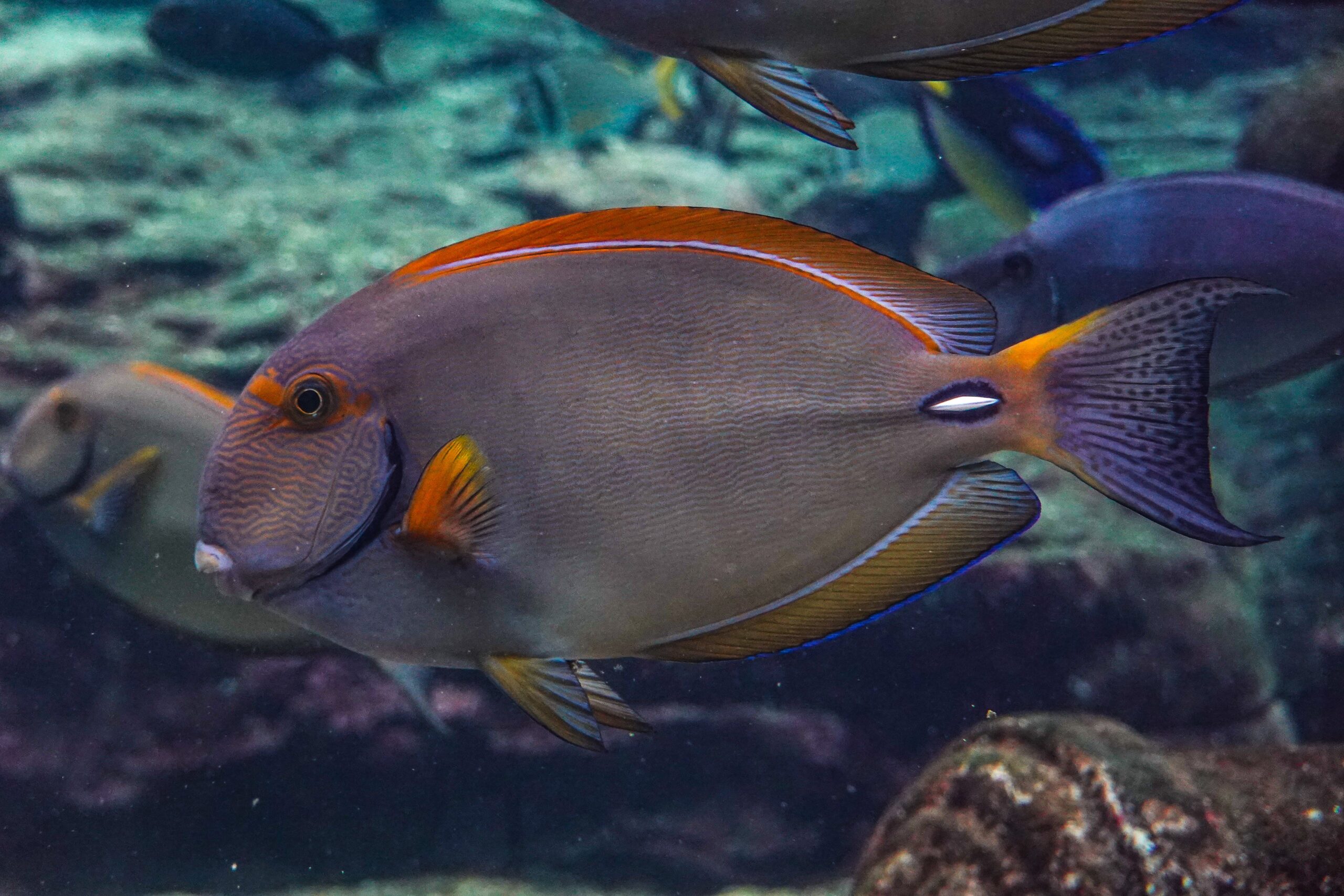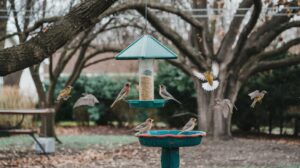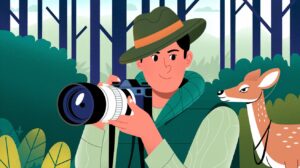When I first learned about wildlife adaptations as a kid, I was floored by how incredible nature is. Porcupines with quills, chameleons changing colors, a frog that breaks its own bones to make claws – each mind-blowing adaptation is a product of millions of years of evolution aimed at survival. I’m still that wide-eyed kid at heart, which is why I’m so pumped to walk you through the 5 most incredible wildlife adaptations on our planet! From geckos with sticky toes to whales that can collapse their lungs, you’re going to have your mind blown by the incredible ways animals have evolved. Strap in for an adventure through Mother Nature’s bag of evolutionary tricks – things are about to get wild!
Camouflage – Nature’s Invisibility Cloak
Animals have developed some truly mind-blowing ways to hide in plain sight. Camouflage allows creatures to conceal themselves from predators and sneak up on prey. The masters of disguise in the animal kingdom utilize camouflage to astonishing effects.
Take the chameleon, for example. This color-changing lizard can modify its skin to blend into the environment. Special pigment cells under its transparent skin contain yellow, red, and blue pigments that get dispersed throughout its body. By expanding and contracting these pigments, the chameleon can create an array of skin tones to match its surroundings. How incredible is that?
Certain species of octopuses, squids, and cuttlefish are also camouflage experts. They can manipulate their skin to flawlessly mimic the color, pattern, and even texture of rocks, coral, and seaweed. They do this using specialized color cells that can be activated and deactivated. These creatures are essentially nature’s real-life invisibility cloaks!
Some species of insects, like the leaf katydid, rely on their physical attributes to disguise themselves. With wings that resemble leaves, they hide in plain sight by blending into foliage. The leaf katydid’s camouflage is so convincing that they often go undetected even from a close distance. Can you imagine having natural camouflage that effective? Mind blown.
Camouflage allows these extraordinary animals to avoid danger, sneak up on food, and overall gives them a huge advantage for survival. Nature’s ability to develop such innovative ways for animals to hide in plain sight never ceases to amaze me. Camouflage is without a doubt one of the most incredible and mind-bending wildlife adaptations on the planet!
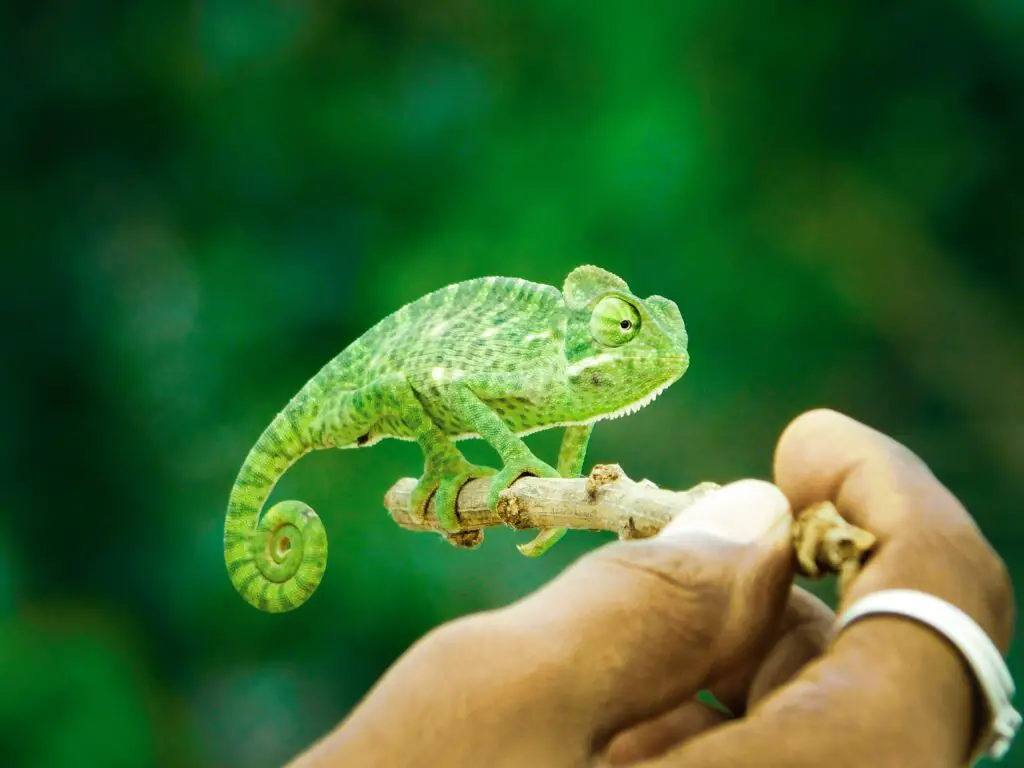
Bioluminescence – Turning on the Living Lights
Have you ever seen an anglerfish in the deep sea, with its built-in flashlight? That’s bioluminescence in action! Some animals can produce their own light through chemical reactions in special light-emitting organs or microorganisms in their bodies. This natural light show absolutely blows my mind.
As an avid scuba diver, I’ve been fortunate enough to witness bioluminescence firsthand in the ocean. There’s nothing quite like swimming through a cloud of glowing plankton or spotting fluorescent fish and squid in the inky black water. The light they emit can be blue, green, red or yellow. Some animals use it to attract prey, startle predators, or communicate with others of their kind. ###Lighting Up the Deep
Deep sea creatures like anglerfish, lanternfish, and flashlightfish live in near-total darkness. Bioluminescence is their only source of light, which they use to hunt, hide from predators, and find a mate. The anglerfish’s glowing lure dangles in front of its mouth to attract unsuspecting prey in the pitch-black water. Lanternfish flash bright lights along their bellies to camouflage themselves from below and startle predators above.
Glowing Defenses
Some squid and shrimp can release glowing clouds to distract or scare off predators. The firefly squid flashes a dazzling light show to confuse its enemies, while the pistol shrimp snaps its glowing claw to stun prey and fend off attackers. Several species of jellyfish glow as a warning to potential predators that they pack a venomous sting.
Underwater Nightlife
Corals, sea jellies, algae, and dinoflagellates are just some of the bioluminescent plankton and microorganisms that light up when agitated by wave action or swimming animals. Whole bays and beaches can sometimes glow an electric blue, a phenomenon known as “red tide”. This nocturnal spectacle transforms night diving and snorkeling into a magical experience as you swim through swirling clouds of shimmering light.
Bioluminescence demonstrates the wonders of evolution and natural selection in action. This incredible adaptation allows animals to thrive in environments that would otherwise be uninhabitable. I feel so fortunate to live in a world filled with such beauty and mystery.
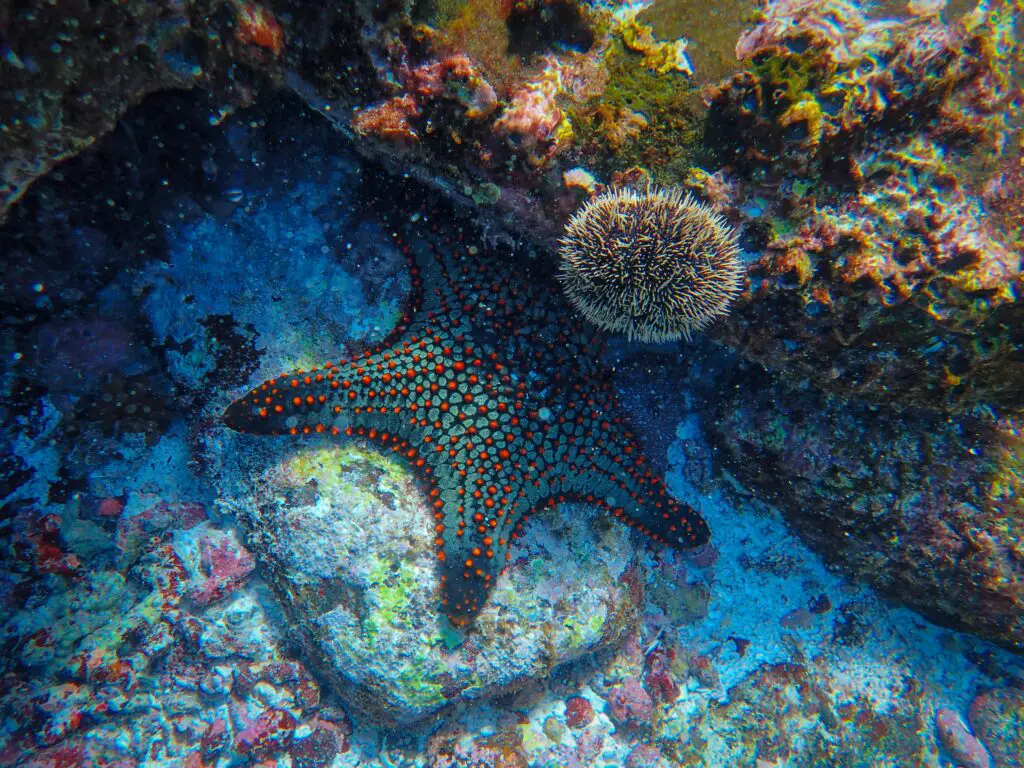
Extreme Endurance – Animals Built to Go the Distance
Some animals are just built differently. Their stamina and endurance seem almost superhuman. As an amateur runner, these adaptations blow my mind and inspire me to push myself further.
One animal that epitomizes extreme endurance is the camel. Camels can travel up to 100 miles in a single day across scorching deserts while carrying heavy loads, all without food or water. Their adaptations are incredible – they can lose up to 25% of their body weight in water without it affecting them. Their wide hooves help them walk on sand, and their nostrils seal shut to keep out dust.
Another endurance champion is the Siberian husky. Bred to pull sleds across frozen tundra, huskies can run up to 125 miles in a single day. Their thick fur, webbed paws, and high metabolism allow them to thrive in frigid temperatures. Huskies were essential for transportation and communication in remote Arctic regions. Their stamina and teamwork are a lifeline for indigenous communities.
Emperor penguins are built to withstand the harshest conditions on the planet. During breeding season, penguins travel up to 75 miles across Antarctic ice flows to reach breeding sites. Male penguins incubate eggs for over two months without food in sub-zero temps. Their dense feathers provide insulation, and they huddle together for warmth. These penguins show that endurance isn’t just physical – it’s also a test of willpower and determination.
For me, the mobility and resolve of these animals are inspiring and humbling. Their adaptations should motivate us all to push beyond perceived limits, overcome obstacles through teamwork, and endure challenges with determination and grit. The capabilities of camels, huskies, and penguins prove that extreme endurance, both physical and mental, is possible when the stakes are high enough.
Poison and Venom – When Wildlife Gets Weaponized
Have you ever wondered how certain animals defend themselves without claws, sharp teeth, or brute strength? Some of the most mind-blowing wildlife adaptations are natural poisons and venoms. These chemical concoctions evolved to give certain animals a leg up in the survival of the fittest.
As an animal lover, I find venom and poison absolutely fascinating. Some of my favorite examples are:
- The blue-ringed octopus. This unassuming little guy packs a venomous punch that contains tetrodotoxin, a potent neurotoxin. Though tiny, its venom can kill 26 humans in minutes!
- The inland taipan snake. Considered the most venomous snake in the world, a single bite from this snake can kill over 100 people. Thankfully, it lives in remote areas of Australia and rarely bites humans.
- The poison dart frog. Don’t lick this frog! Its skin secretes a toxin called batrachotoxin which can cause heart failure. Indigenous tribes have used its poison for centuries to coat blow darts.
- The box jellyfish. This jelly’s venom is considered the most potent in the animal kingdom. It can kill a human in minutes due to cardiac arrest. Box jellyfish antivenom and life support are needed immediately after a sting.
As terrifying as these poisons and venoms seem, they show the immense power of evolution and natural selection. These chemicals didn’t just appear out of nowhere – they evolved over millions of years to give certain animals a survival advantage. Whether used for hunting, self-defense, or territoriality, venom and poison have allowed some species to become highly successful.
Though scary to us humans, for the animals that wield them, these natural weapons are incredible evolutionary adaptations that have stood the test of time. What an amazing feat of nature!
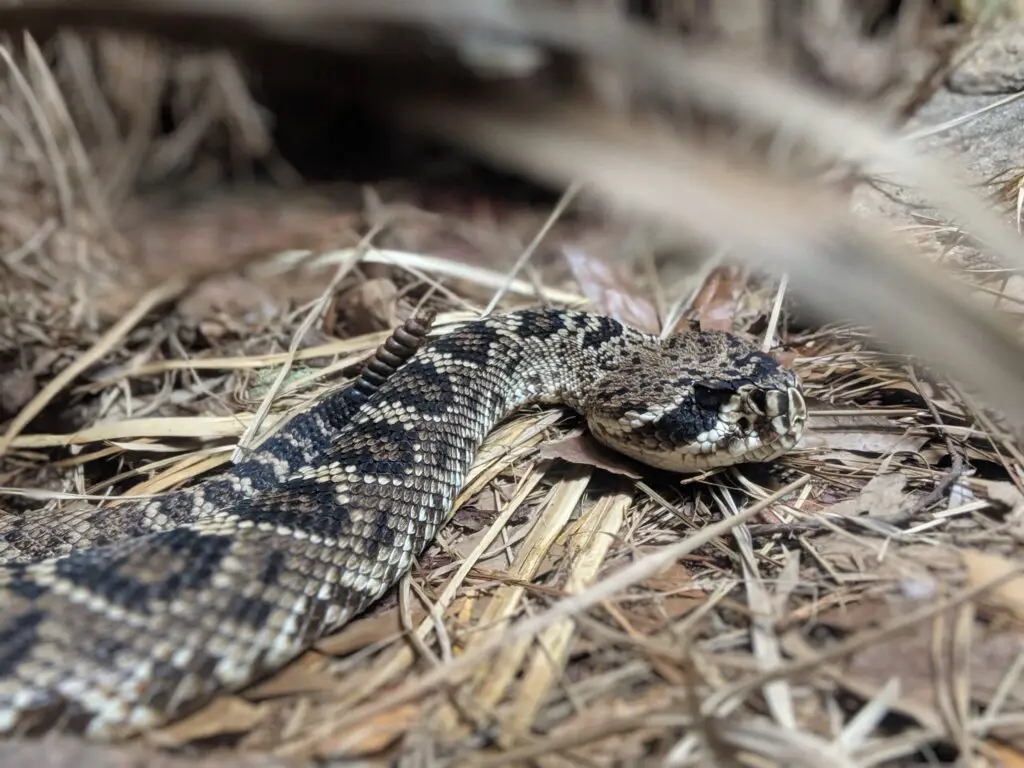
Extreme Senses Wildlife Adaptations – Supernatural Animal Superpowers
Animals have evolved some truly mind-blowing sensory abilities that seem almost supernatural. Their extreme senses allow them to perceive the world in ways we humans can barely imagine.
Eagle Vision
Have you ever wished you had the eyes of an eagle? Eagles have a telescopic vision, allowing them to spot tiny details from over a mile away. Their eyes are also specially adapted to detect the slightest movements, helping them spot potential prey while soaring high in the sky. An eagle’s visual acuity is 3 to 4 times better than a human’s, giving them supernatural powers of perception.
Bat Sonar
Bats are masters of echolocation, using ultrasonic sound waves to sense their environment. They emit high-frequency calls and listen to the echoes that bounce back, allowing them to detect objects in total darkness. Bats can discern tiny insects from over 60 feet away and catch them in mid-air. Their sonar is so sensitive that bats can even sense textures, identify different kinds of insects, and navigate complex spaces. Echolocation gives bats a kind of auditory supersense.
Shark Electroreception
Certain sharks, like hammerheads and makos, have an electrical sixth sense that allows them to detect the electrical impulses generated by prey. Electroreceptors in their snouts function as biological voltmeters, sensing fluctuations in electric fields as small as half a billionth of a volt. This allows sharks to locate prey even when visibility is low by homing in on the electrical signals from their target’s muscles and gills. Electroreception grants sharks a predatory advantage and an almost supernatural ability to hunt in the ocean depths.
The animal kingdom is filled with unbelievable sensory superpowers. Whether it’s eagles with telescopic vision, bats wielding sonar, or sharks with electroreception, nature has evolved some truly supernatural senses. These extreme abilities highlight how much there still is for us humans to discover in the natural world.
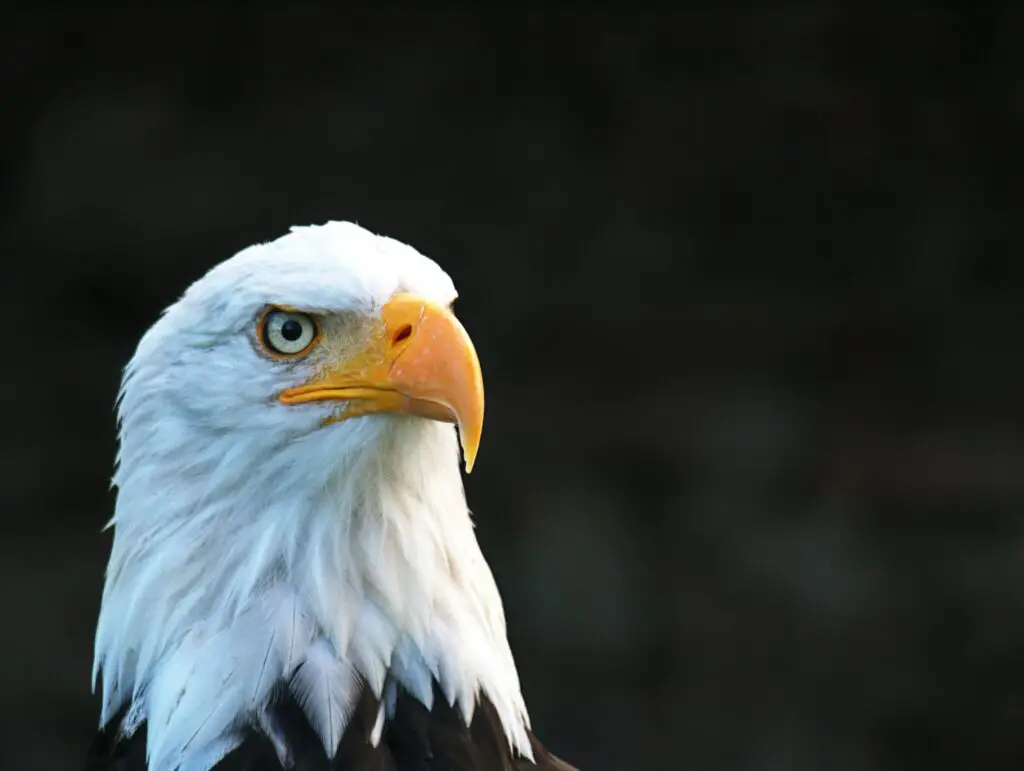
Conclusion
Wow, talk about some incredible wildlife adaptations! From heat-seeking pits in snakes to transparent frog skin, nature has come up with some truly mind-blowing ways for animals to survive and thrive. As we wrap up this wildlife wonderland tour, I’m still reeling from all the crazy cool critter abilities out there. Heck, we’ve only scratched the surface! Who knows what other wacky wildlife tricks are waiting to be discovered.
One thing’s for sure – I have a new appreciation for the awesomeness of evolution and the unbelievable diversity of life on our planet. Every creature has its own special something, even if it’s not apparent at first glance. We humans may feel pretty spectacular, but we’ve got nothing on these cleverly-adapted animals. I don’t know about you, but I can’t wait to learn more about the magnificent magic happening in the animal kingdom! Now if you’ll excuse me, I’m off to see if I can teach my dog to echolocate…

